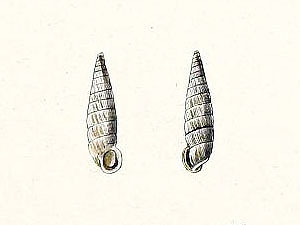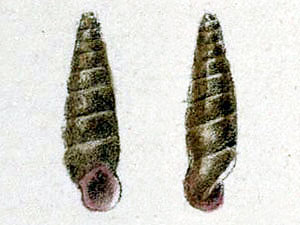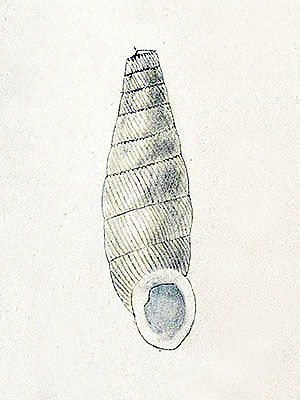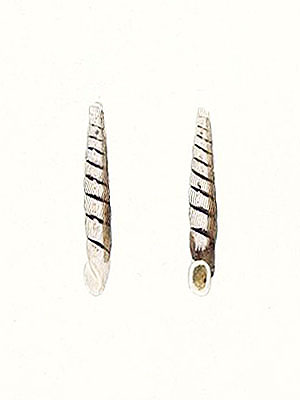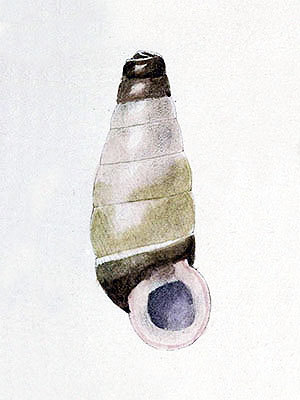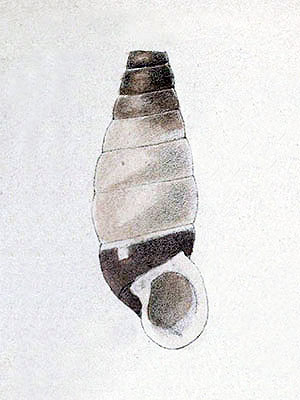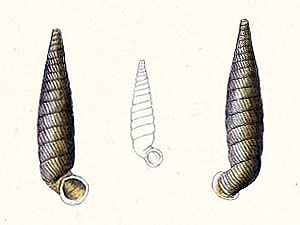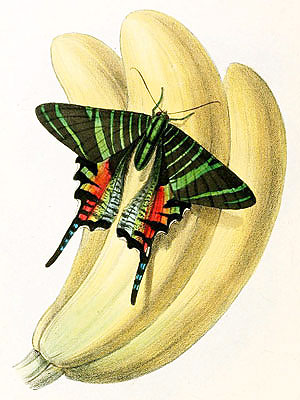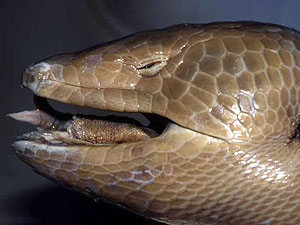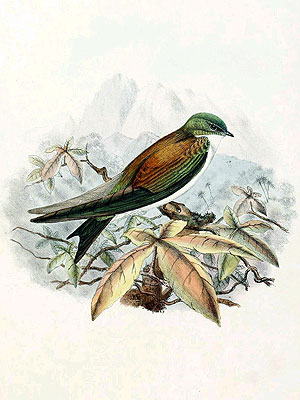Gosse’s Anoma Snail (Anoma gossei)
Gosse’s Anoma Snail was described in 1846, the species is, or rather was, endemic to the island of Jamaica.
The shells are about 1,8 to 2,1 cm heigth, they appear quite thin, have up to 16 whorls and are somewhat translucent bluish white. [1]
The species is considered probably extinct.
***
syn. Cylindrella gossei Pfeifer, Macroceramus pfeifferi Martens
*********************

(not in copyright)
*********************
References:
[1] George W. Tryon; Henry A. Pilsbry; a.o.: Manual of Conchology. Second series: Pulmonata. Vol 16: Urocoptidae, Achatinidae. 1904
*********************
edited: 22.09.2020

